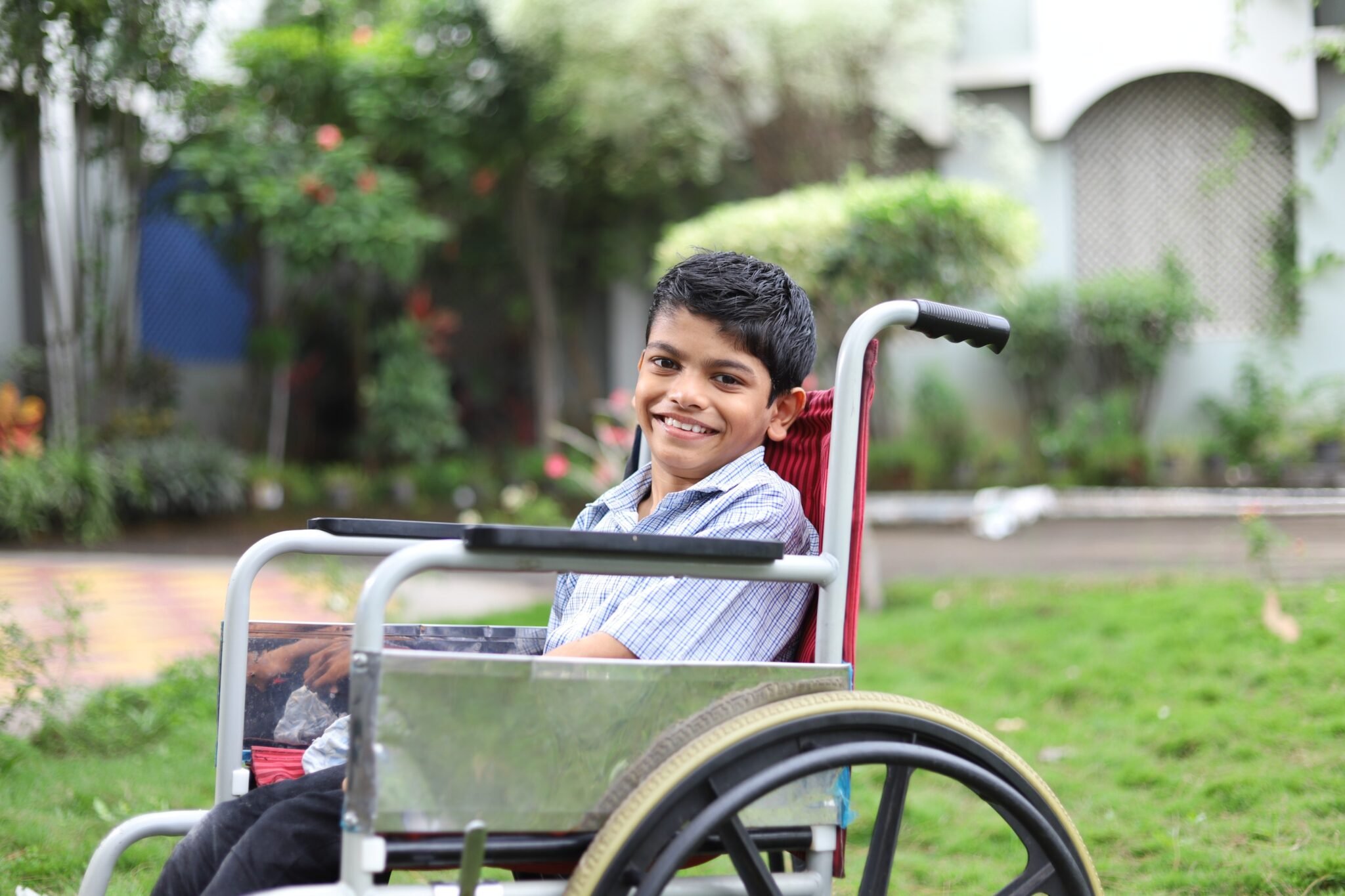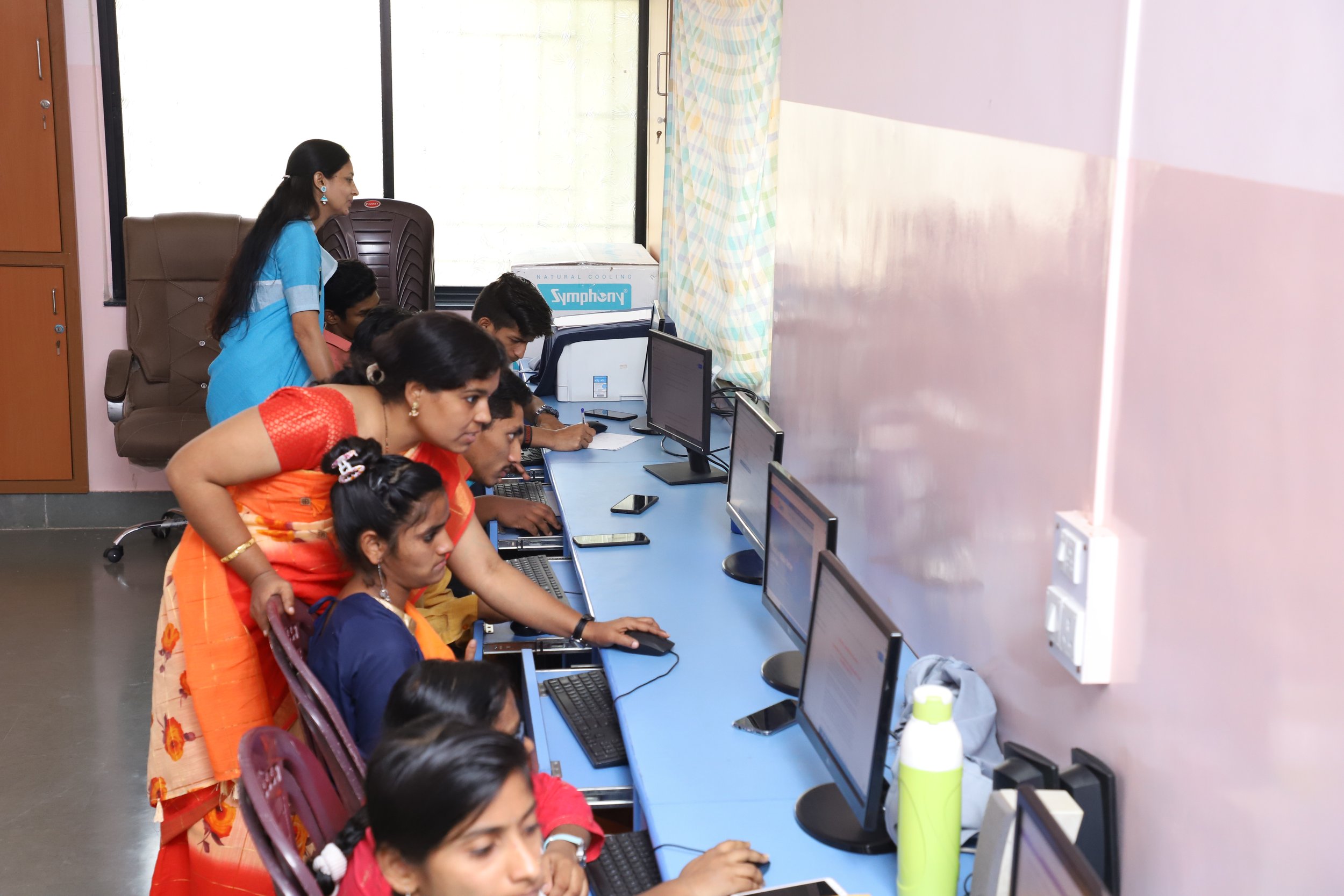Reforming language learning methods for Special Kids
“All kids need is a little help, a little hope and someone that believes in them”
Providing kids with a tool that can help them learn languages like never before; because every child can learn, it just can’t be in the same way!
Language class at Snehalaya school, Pune
Background
The 2030 Sustainable Development Goals of the United Nations aims to “ensure inclusive and equitable quality education and promote lifelong learning opportunities for all.” Today, there are more than an estimated 7.8 million children aged under 19 live with disabilities in India. Back in 2011, when this project was conceived a lot of schools blatantly refused admission to many students with special needs. Even if they did get admitted to a school in their neighbourhood, the children are bullied and made fun of. They are often tagged as ‘slow learners’ by schools.
I have a special connection with children and love spending time with them. I was once visiting a special school, Snehalaya in Pune, India. On my visit, I realised that I want to do something that can help them. The children were loved and taken care of in this school and most of all, they were accepted, hence I felt it would be the best place to conduct the research.
Few students at Snehalaya
A good time at School is a chance towards a good future
Inside the class - Snehalaya
Brief
Snehalaya School supported me through this research project. I was informed by the teachers that a lot of times children face difficulty in understanding language. This was a case especially with students suffering from Dyslexia. I wanted to understand this matter in depth and figure out:
What are the pain points for the students understanding English language?
What challenges do teachers face in teaching English to the students?
What all activities are being conducted to develop joy for learning the language? Is there a possibility of any design interventions here?
Process
This was a very sensitive and mature topic to work with. As a responsible Researcher I wanted to go in depth and understand from Experts and be the last person in the room to assume about the Mental and Physical condition of the students. I planned a 10 week research study where I wanted to find :
What are the challenges faced by Children with learning disabilities on daily basis and especially with language learning? Does it help them with better communication?
Identify what are the steps taken by Special Educators and Special schools to incorporate the tools essential for making language learning smoother for the kids. Do these tools help all the children equally considering that all children have different levels of learning capacities based on their special needs?
What are Language experts saying about this? Do they have better ways to make language learning fun and smoother for kids with special needs?
Computer Education at Snehalaya
A day in the classroom at Snehalaya
Research Methodology
Understanding the pain points of CWDs could be challenging and hence observing them over a period of time was necessary. I planned my research in a way that every minute could be utilised to its fullest. Observing, understanding, sympathising with the children and also comprehend what educators and experts say regarding the challenges related to teaching was the goal. Biases can be very dangerous in research projects. Maintaining a neutral state of mind and grasping information from all ends is what I did for this project. The ‘Sympathise’ phase was divided into Primary & Secondary Research. The mornings were spent with the kids at Snehalaya, while evenings would be the time to read research papers, books related to special education.
Secondary Research
During the two weeks, I gathered information that was available around us through pre existing research papers, reports by UN, newspaper articles associating us to experts in the field of special education. I collected data related to :
Government schemes for CWDs, Special Education, Inclusion, Rights of PWDs, Types of Special Needs, How to assist children with learning disabilities, UNESCO’S initiatives, Understanding what patters of learning are similar between two groups of different learning disabilities, etc.
What Special educators around the world are doing to make language learning easier for children with learning disabilities?
What is being done over the years through the field of Design to make life accessible for PWD’s ?
The pain points/ challenges faced by other stakeholders such as parents, families, etc
Primary Research
I was spending considerable amount of time during the two weeks span of research at Snehalaya and I wanted to authenticate everything that I was reading. I planned a thorough field study at the school which involved a mix of qualitative research methodologies.
I shadowed the students everyday at the school to know how they were learning languages especially English. Since English is not the native language of India, children with higher learning capacities also find English challenging. But since we were looking at children with special needs, I wanted to observe the challenges and make note of it.
I interviewed teachers who taught languages to children, especially special educators to understand the steps from learning the alphabet to making words and I was quite frankly enlightened when I concluded the research regarding so many things. Things especially associated with Dyslexic students was eye opening because I learnt about how important shapes of letters, sounds of letters can be. I learnt about their confusions between uppercase & lower case letters; two alphabets which look similar such as ‘d’ or ‘b’ could be challenging for them. Spelling words can be utmost challenging, reading complex texts could be frustrating
I connected with experts who specialise with teaching students with Autism and Dyslexia to understand how play can be engaging for students with Dyslexia. I understood that gamifying ‘how to spell words’ could be something I could step into.
I also engaged with students with Dyslexia and conducted some participatory studies to understand the challenges.
I had meaningful conversations with other stakeholders such as parents and families to verify the pain points I had read about during secondary research.
Data Analysis & Synthesis
After classifying, clustering and assessing the data collected from the two weeks of research studies, I realised that we definitely have a scope for design intervention to help children learn better.I identified the main trouble areas for a child who is identified with Dyslexia. These problem areas are something that can be worked upon and improved over time :
Pronouncing written words
Distinguishing common words in a large amount of text
Spelling words
Reading quickly or meticulously
Processing what’s being read to them
Writing a simple sentence
Learning new languages
While articulating the information and verifying with experts, I became conscious of the fact that most of the problem areas could be solved if the children could differentiate between alphabets (shapes and cases), could understand the sounds of the alphabets and also associate the words with visuals. I wanted to create a tool that could embody all these features and help with word building.
Design Development
I came up with multiple concepts which I tried and tested at the school to understand which works best with students who find ‘spellings’ most difficult. While talking to language experts, I identified ‘word families’ that could be used to help the children improve their vocabulary, associate words to visuals, differentiate between alphabets. So I designed a toy that could be used in classrooms to spell words. The teachers can customise the toy to their needs. The toy could assist the children with identifying various alphabets with the help of color association, make 4 to 8 letter words, associate the words to innumerable visuals and increase their readability scores as well. Build- O- word is a toy that could be placed in classrooms using the detachable stand or simply carried around like a cryptex. The teacher could reward the child based on the number if correct words spelt and help increase the motivation among children with dyslexia towards language learning.
Build-o-word used for spelling 6 letter words
A number of word families could be introduced
A Build-o-word set in a typical classroom environment
Visual cards to help children learn multiple words
Impact & Future
This research project was integral for my path towards Design Research, as it was one of the few projects that I did at the beginning of my research journey. I realised I had tremendous interest towards researching for social issues around us and helping socially relevant designs come to life. I also was enlightened with the idea that I loved researching with kids and designing for kids as well. That was also a clear indication for me to chose my journey towards play experience research and design. I received great support from the students and teachers at Snehalaya and they helped me bring the product to life. There were very few people who challenged themselves with a task to design for kids who are differently abled. I came across very few design interventions during my research back in 2011. It is indeed very humbling to see that things are changing now, but I also feel that there is long way until we can design inclusive products/toys. We should try our best to conduct research that can help designers create products that are inclusive and helpful to all those on the spectrum.
To know more about the project and collaborating email me at urvishah.design@gmail.com. All Rights Reserved
















